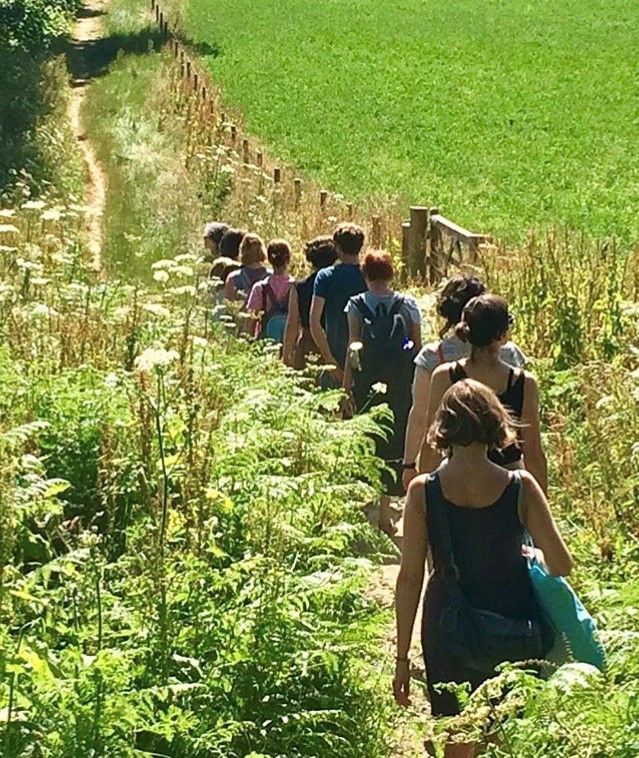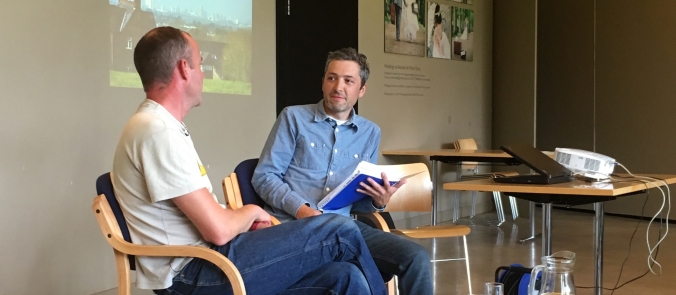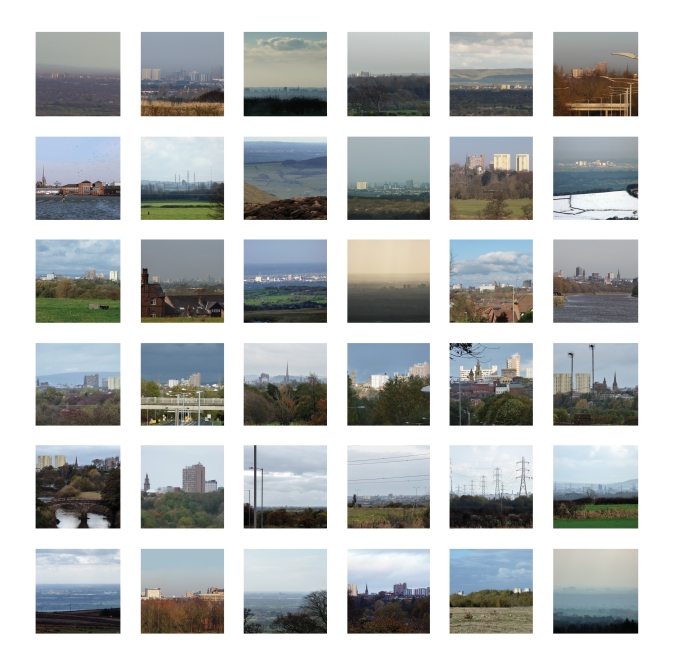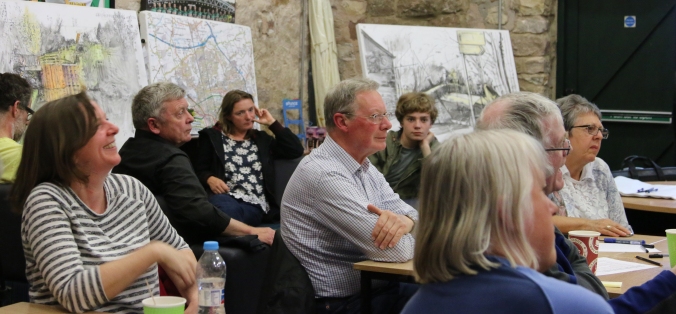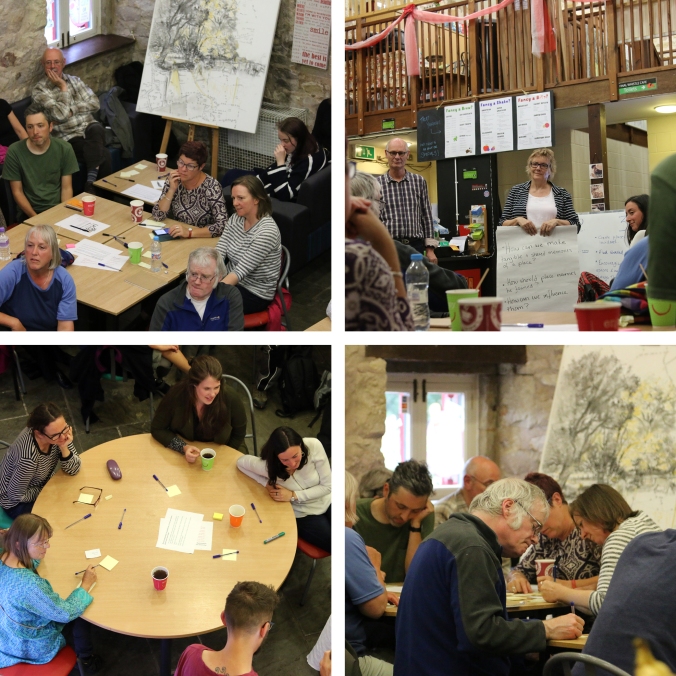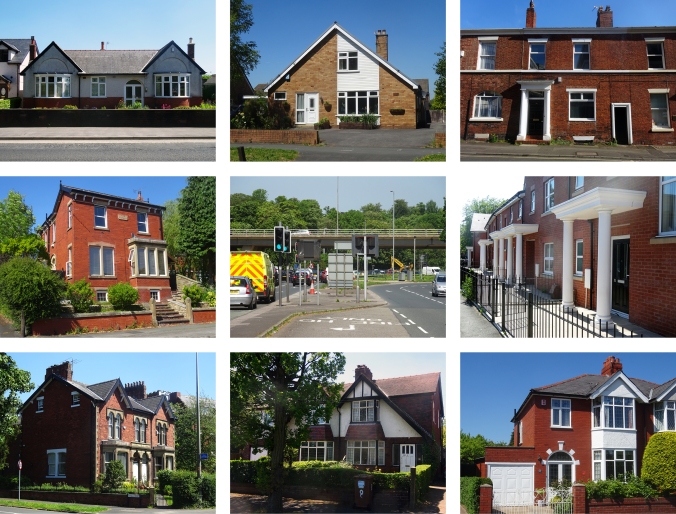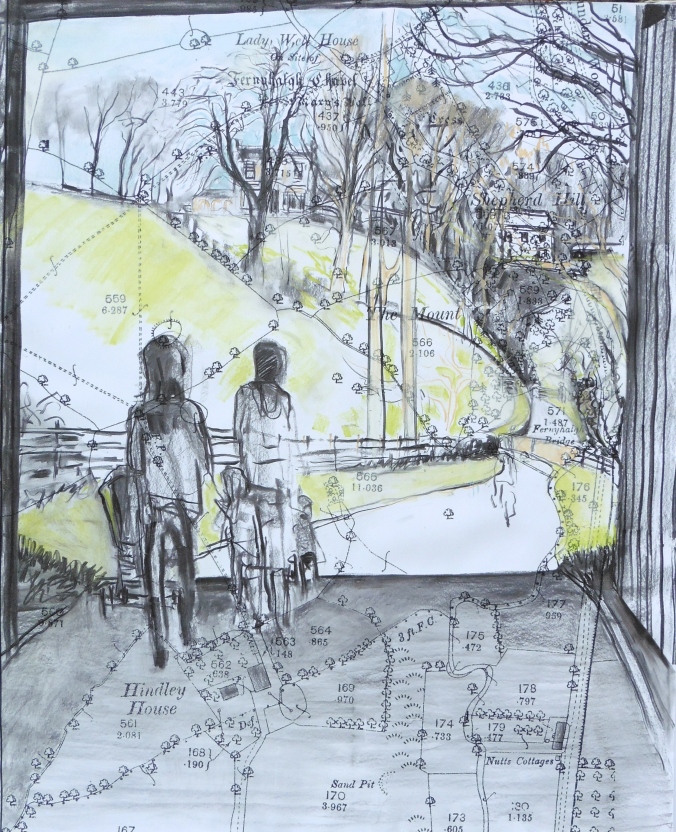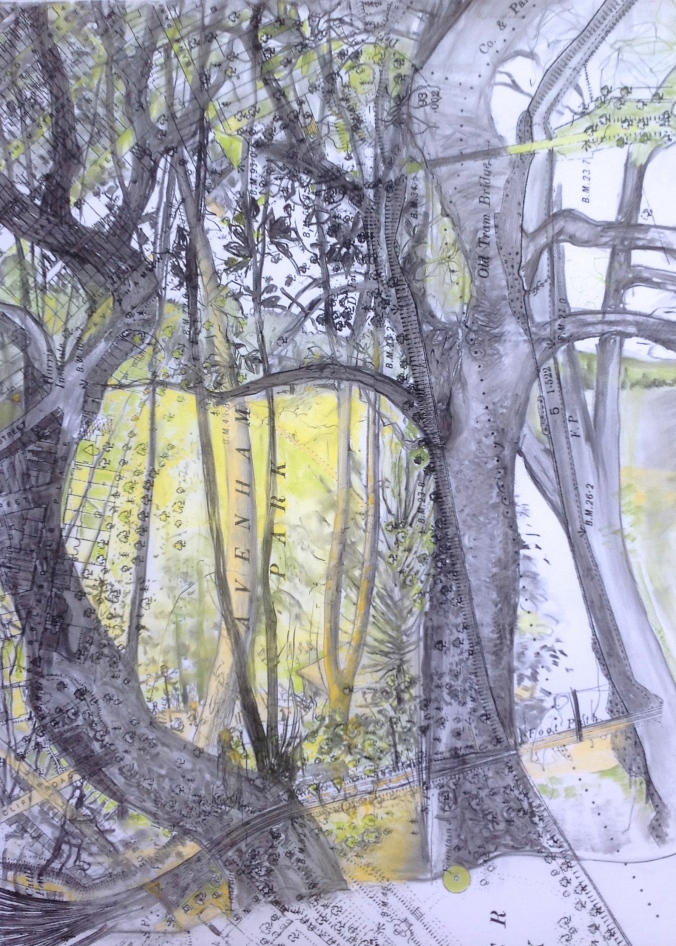Lauren Sagar, a first year MA Fine Art student at UCLan discusses her current project. Lauren is studying on the Projects for Places pathway, which is taught by In Certain Places curators Prof. Charles Quick and Elaine Speight.
The March of the Artists will see three artists; a theatre maker, Eve Robertson, a photographer, John-Paul Brown, and me, Lauren Sagar, a visual artist, walking the 250 miles from Manchester to London over 26 days, starting on 29th July and ending in London 25th August. Other artists and friends will join the walk for an hour, a day, a weekend, and we welcome anyone to join us. The project has been inspired by the March of the Blanketeers, which took place 200 years ago, and is driven by the recent creative response of Manchester’s artists to their displacement due to intense property development.
I discovered the story of the Blanketeers whilst researching a project for the touring exhibition, Tall Tales, during 2016. My project was called Call for Cloth. I, and over 60 other individuals who took part, shared details about our lives by talking about our relationship with special textile objects. These conversations had the effect of being ‘wrapped in warmth’. Many people spoke about blankets they have, remembered, had made or lost, and my attention was drawn to a profound human relationship with this particular cloth object. I created a series of three blankets, and the research took me to the story of the Blanketeers.
The March of the Blanketeers was one of a run of events, which culminated in the Peterloo massacre. It led to parliamentary reform and many of the rights that we now benefit from in the UK. Hundreds of spinners and weavers gathered in Peter’s Field, Manchester in March 1817. They each carried a blanket to identify themselves as textile workers, and a portion of a petition to give to the Prince Regent. The plan was that all the portions were to be joined together on arriving in London, and would highlight the desperate hardship faced by textile workers in the North West. The marchers were attacked by soldiers almost as soon as they set off; in Stockport several received sabre wounds and one man was shot dead. Around four or five hundred got as far as Macclesfield and Leek, some 20 miles away; most of them were turned back at the Hanging Bridge over the Dove as they were about to enter Derbyshire. Only one ‘Blanketeer’, Abel Cauldwell, managed to reach London.
Each of us will be researching our own lines of interest, taking advantage of the rarity of walking 250 miles through the country in one go. Our methods of documentation will be highly influenced by how much we are able to carry. We will be carrying everything on our backs, so small and light is crucial. We will share documentation; John-Paul is a photographer so will take pictures, Eve will be recording interviews with people, I will be drawing and writing – very small documents in very small note books.

Starting to sketch a Walk Around the House. Indicating points of pain, taking rests, encountering obstacles.
My personal interest is in how to map the experiences and encounters of a walk. Poor health for the first part of this year has limited my research to walks within my home, and to memories of walking. It has also fed into my psychogeographical research, which normally relates to how it feels to be walking in nature. The experience of walking within such tight parameters, physically, socially and emotionally, engaged me strongly with my immediate environment and led me to think about how to express such movement through maps. I am looking forward to finding out how this translates into a 250 mile walk in the outdoors, encountering people and nature.
The project is funded by the Arts Council of England, alongside a crowdfunding campaign. Click here to donate or for more information about the project.
You can follow our progress on:
Twitter: @CallForCloth
Facebook: https://www.facebook.com/marchoftheartists/
Instagram @marchoftheartists
If you would like to join us on the walk please email Amanda Hennessey at amandaatmota@gmail.com
